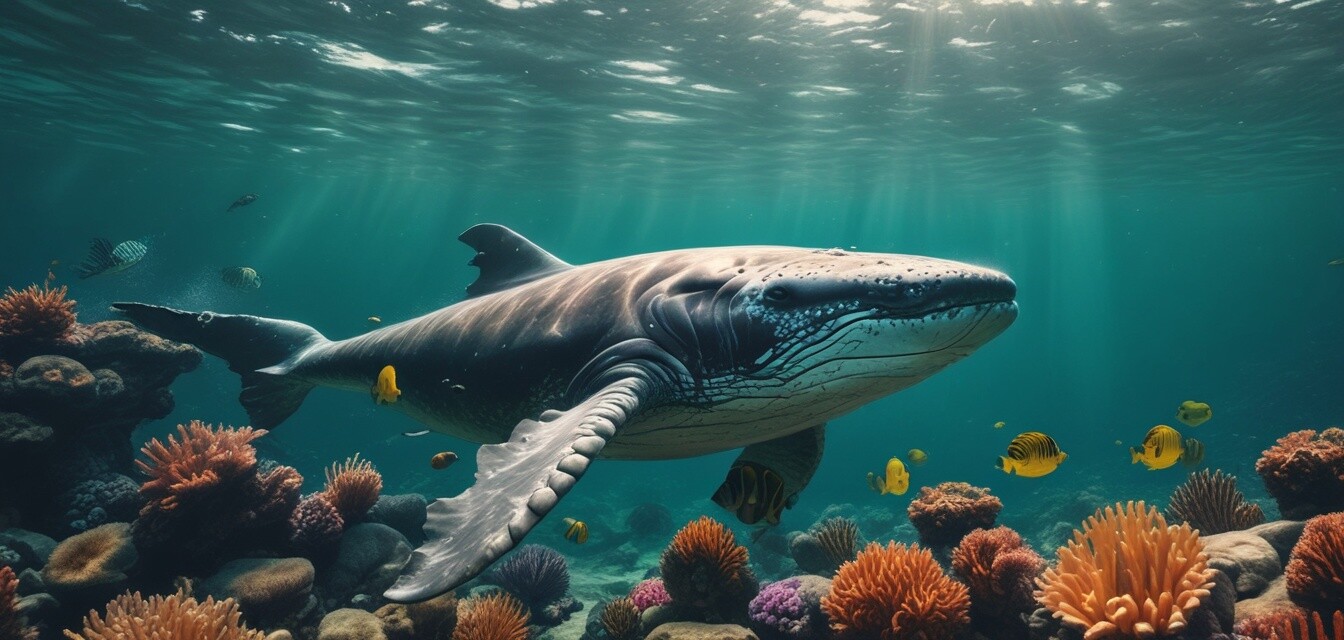
Photographing Large Marine Animals: Techniques and Etiquette
Key Takeaways
- Understand and respect the behavior of large marine animals.
- Prioritize safety for both you and the animals at all times.
- Use appropriate camera settings for underwater photography.
- Follow ethical guidelines to protect marine life.
- Maintain a safe distance to avoid disturbing their natural behaviors.
Underwater photography is an art that requires patience, skill, and a deep sense of respect for marine life. When it comes to photographing large marine animals, it’s essential to combine technique with etiquette to ensure both stunning visuals and ethical practices. This guide will walk you through the best techniques and practices for safely capturing these magnificent creatures. Whether you want to photograph whales, sharks, or giant rays, you'll want to follow these guidelines.
Understanding Large Marine Animals
Before diving into the water, it's crucial to understand the species you’ll be photographing. Each large marine animal exhibits unique behaviors and needs. Below are some common large marine animals you might encounter:
| Animal | Habitat | Best Time to Photograph |
|---|---|---|
| Whales | Open oceans | Migration season (usually winter) |
| Sharks | Reefs and open water | Daylight hours |
| Manatees | Warm coastal waters | Spring to early summer |
| Large Rays | Coral reefs | Late afternoon |
Techniques for Photographing Large Marine Animals
Capturing stunning images underwater involves mastering various techniques. Here are some that can improve your shots:
1. Use the right equipment
When photographing underwater, the right gear is vital. Consider the following:
- A waterproof camera housing is essential.
- Choose a wide-angle lens for large subjects.
- External lighting can enhance visibility in dark waters.
2. Adjust your camera settings
Set your camera according to the shooting environment:
- Use a lower ISO to reduce noise.
- Utilize a faster shutter speed to freeze movement.
- Adjust the aperture to control depth of field.
3. Master your buoyancy
Good buoyancy control allows you to maneuver easily and prevents stirring up sediment that can obstruct your images.
Etiquette When Photographing Marine Wildlife
While capturing the beauty of large marine animals, it's vital to practice good etiquette:
1. Maintain a safe distance
Always give large marine animals plenty of space. They can be sensitive to human presence, and maintaining a safe distance ensures that they are not disturbed. For specific guidelines, refer to our guide on underwater etiquette.
2. Do not touch or feed marine animals
Touching or feeding wildlife can alter their natural behaviors and ecosystem dynamics. Always aim to observe without interference.
3. Avoid excessive noise and bubbles
Excess noise can frighten animals away. Keep your movements slow and controlled. Consider also that your bubbles may create disturbances, so manage your buoyancy efficiently.
Safety Tips for Underwater Photography
Safety should always be your top priority when underwater:
- Always dive with a buddy, especially in unfamiliar waters.
- Know your limits in terms of dive depth and time.
- Stay aware of your surroundings, keeping an eye out for strong currents or other divers.
Conclusion
Photographing large marine animals offers a thrilling experience and a chance to appreciate nature’s wonders. By following these techniques and guidelines, you can take breathtaking photos while also playing a vital role in preserving marine life. Remember, your goal is not just to capture stunning images, but to do so in a way that respects and protects these magnificent creatures.
Tips for Beginners
- Start with smaller marine animals before moving on to larger species.
- Practice your photography skills in a controlled environment before heading into open waters.
- Enroll in a diving course to enhance your skills.
Pros
- Capturing breathtaking images of marine life.
- Promoting awareness for marine conservation.
- Enjoying a unique experience interacting with nature.
Cons
- Potential risks associated with underwater diving.
- Equipment can be costly and requires maintenance.
- Wildlife behavior can be unpredictable.

